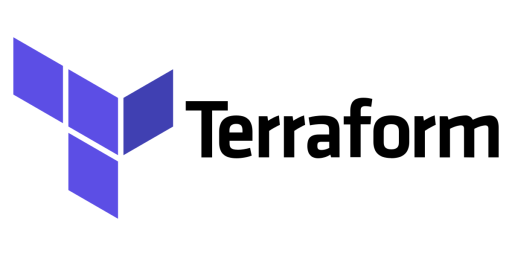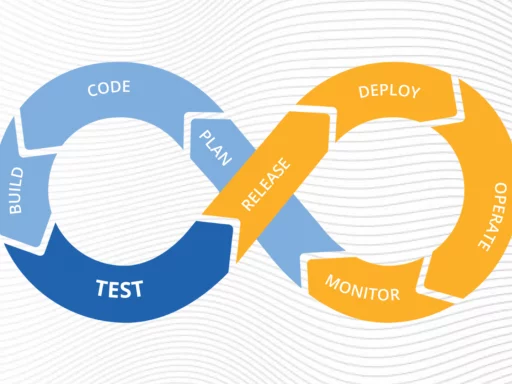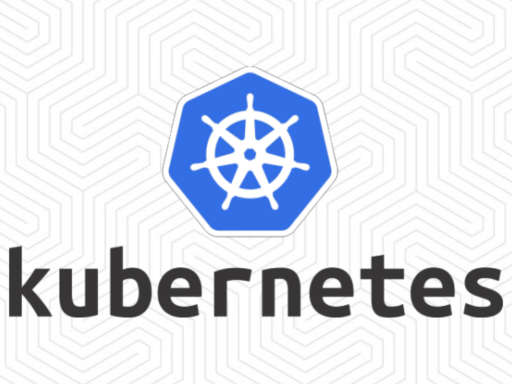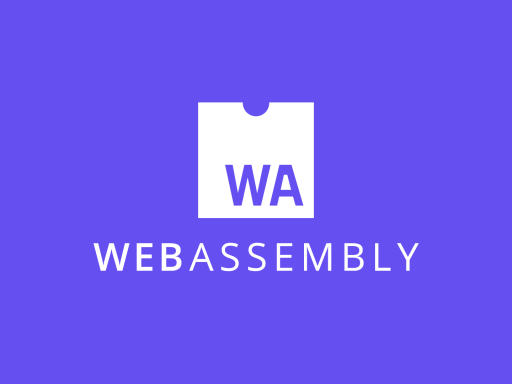In today’s fast-paced digital world, managing infrastructure manually can be cumbersome and error-prone. Enter Terraform, a powerful tool that revolutionizes infrastructure management by treating it as code. This comprehensive guide will introduce you to Terraform, explaining its key concepts, benefits, and providing a step-by-step approach to getting started. Whether you’re a seasoned developer or a newcomer to the world of DevOps, this guide will equip you with the knowledge to harness the full potential of Terraform for infrastructure as code (IaC).
Table of Contents
- Introduction to Infrastructure as Code (IaC)
- What is Terraform?
- Key Concepts in Terraform
- Benefits of Using Terraform
- Setting Up Terraform
- Writing Your First Terraform Configuration
- Terraform Commands and Workflow
- Managing Infrastructure with Terraform
- Best Practices for Using Terraform
- Conclusion
Introduction to Infrastructure as Code (IaC)
What is Infrastructure as Code?
Infrastructure as Code (IaC) is a modern approach to managing and provisioning computing infrastructure through machine-readable configuration files, rather than physical hardware configuration or interactive configuration tools. This method enables consistent and repeatable configurations, reducing the risk of human error and ensuring that environments are identical across development, testing, and production.
Why IaC?
- Consistency: Ensures environments are consistent, reducing “it works on my machine” issues.
- Scalability: Easily scale infrastructure up or down based on requirements.
- Automation: Automate the provisioning and management of infrastructure.
- Version Control: Manage infrastructure configurations using version control systems like Git.
What is Terraform?
Terraform, developed by HashiCorp, is an open-source IaC tool that allows you to define and provision data center infrastructure using a high-level configuration language. It supports multiple cloud providers, including AWS, Azure, Google Cloud, and many others.
Key Features of Terraform
- Multi-Cloud Support: Manage infrastructure across multiple cloud providers.
- State Management: Maintain the state of your infrastructure.
- Modules: Reusable configurations that can be shared and versioned.
- Provisioning: Automatically provision resources based on your configuration.
Key Concepts in Terraform
Providers
Providers are plugins that enable Terraform to interact with APIs of different cloud providers and services. Each provider requires configuration, including credentials and region information.
Resources
Resources are the fundamental building blocks in Terraform. They represent components like virtual machines, storage, and networking configurations.
Modules
Modules are reusable, self-contained configurations that can be shared across projects. They help to organize and simplify complex configurations.
State
Terraform uses a state file to keep track of the infrastructure it manages. The state file maps the configuration to the real-world resources, enabling Terraform to know what is currently deployed.
Variables
Variables allow you to parameterize configurations, making them more flexible and reusable.
Outputs
Outputs are used to extract information from your Terraform configurations and make it available for other configurations or scripts.
Benefits of Using Terraform
Portability
Terraform supports multiple cloud providers and services, allowing you to manage infrastructure across different platforms using a single tool.
Reusability
With modules and variables, you can create reusable and shareable configurations, reducing duplication and promoting best practices.
Scalability
Terraform allows you to scale infrastructure up or down effortlessly, adapting to changing workloads and requirements.
Version Control
Storing configurations in version control systems enables tracking changes, collaborating with team members, and maintaining a history of infrastructure modifications.
Automation
By automating infrastructure provisioning and management, Terraform reduces manual intervention, minimizes errors, and accelerates deployment times.
Setting Up Terraform
Prerequisites
Before getting started, ensure you have:
- A supported operating system (Windows, macOS, or Linux).
- An account with a cloud provider (e.g., AWS, Azure, or Google Cloud).
Installing Terraform
- Download Terraform:
Visit the Terraform downloads page and download the appropriate package for your operating system. - Install Terraform:
Follow the installation instructions for your operating system. Windows:
- Extract the downloaded ZIP file.
- Move the
terraform.exeto a directory included in your system’s PATH. macOS/Linux:
unzip terraform_*.zip
sudo mv terraform /usr/local/bin/- Verify Installation:
terraform -vWriting Your First Terraform Configuration
Setting Up a Project Directory
Create a new directory for your Terraform project:
mkdir my-terraform-project
cd my-terraform-projectCreating a Configuration File
Create a file named main.tf and define your first resource. For example, to create an AWS EC2 instance:
provider "aws" {
region = "us-west-2"
}
resource "aws_instance" "example" {
ami = "ami-0c55b159cbfafe1f0"
instance_type = "t2.micro"
tags = {
Name = "Terraform Example"
}
}Terraform Commands and Workflow
Initialize the Project
Initialize the project directory and download the necessary provider plugins:
terraform initPlan the Infrastructure
Generate an execution plan, showing what actions will be taken without making any changes:
terraform planApply the Configuration
Apply the changes required to reach the desired state of the configuration:
terraform applyInspect the State
View the current state of your infrastructure:
terraform showDestroy the Infrastructure
Remove all resources defined in the configuration:
terraform destroyManaging Infrastructure with Terraform
Using Variables
Define variables in a variables.tf file:
variable "instance_type" {
description = "Type of instance to use"
default = "t2.micro"
}Reference variables in your main.tf file:
resource "aws_instance" "example" {
ami = "ami-0c55b159cbfafe1f0"
instance_type = var.instance_type
tags = {
Name = "Terraform Example"
}
}Using Outputs
Define outputs to extract information from your configuration:
output "instance_id" {
value = aws_instance.example.id
}Working with Modules
Create reusable modules by defining resources in separate directories and referencing them in your main configuration:
module "my_module" {
source = "./modules/my_module"
...
}Best Practices for Using Terraform
Use Version Control
Store your Terraform configurations in a version control system (e.g., Git) to track changes and collaborate with team members.
Organize Configurations
Structure your configurations logically, using modules and separate files for variables and outputs.
Use Remote State
Store your Terraform state file remotely (e.g., in AWS S3) to enable collaboration and avoid state conflicts.
Implement Locking
Use state locking to prevent simultaneous changes to your infrastructure.
Regular Backups
Regularly back up your state file to avoid data loss.
Automate Testing
Automate the testing of your Terraform configurations using tools like Terratest.
Conclusion
Terraform is a powerful tool that enables you to manage infrastructure as code, offering consistency, scalability, and automation. By understanding its key concepts, setting up your environment, and following best practices, you can harness Terraform to streamline your infrastructure management. Whether you’re deploying resources on AWS, Azure, Google Cloud, or other providers, Terraform provides a unified and efficient approach to infrastructure as code.
For more in-depth tutorials and resources, visit Terraform’s official documentation and explore HashiCorp’s Learn platform. Start your journey with Terraform today and revolutionize the way you manage your infrastructure!





